Please, What are Swtichback trails??
meplant
16 years ago
Related Stories

HOME OFFICESQuiet, Please! How to Cut Noise Pollution at Home
Leaf blowers, trucks or noisy neighbors driving you berserk? These sound-reduction strategies can help you hush things up
Full Story
GARDENING GUIDESGreat Design Plant: Snowberry Pleases Year-Round
Bright spring foliage, pretty summer flowers, white berries in winter ... Symphoricarpos albus is a sight to behold in every season
Full Story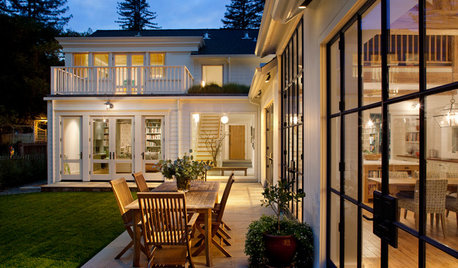
TRANSITIONAL HOMESHouzz Tour: A Happy-Trails Home on a California Field
Horse-loving homeowners look to barns and equestrian references for their light and bright new build
Full Story
LANDSCAPE DESIGNSee 5 Unexpected Ways to Use Vines
Vines can grow over slopes, trail off pergolas and add seasonal color to the garden
Full Story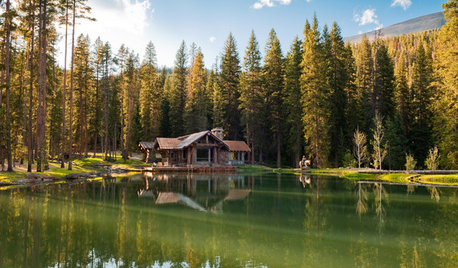
HOUZZ TOURSHouzz Tour: Rustic Cabin With Dive-In Pond
Set on 22 acres and with as many modern comforts as rugged trails, this Montana home is an outdoor lover's paradise
Full Story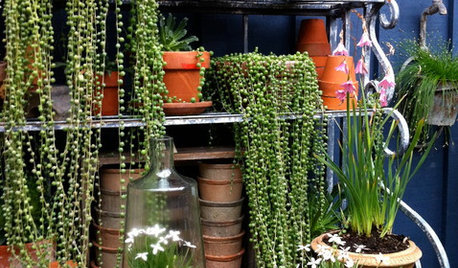
HOUSEPLANTSCascading Succulents Bring Fun Shapes to Your Indoor Garden
For eye-catching spillers with delicate beauty and minimal needs, it's hard to beat these 2 trailing houseplants
Full Story
Sales Secrets for Interior Designers
Pro to pro: Learn 3 proven techniques to please clients and increase revenues, developed by a designer with 40 years of success
Full Story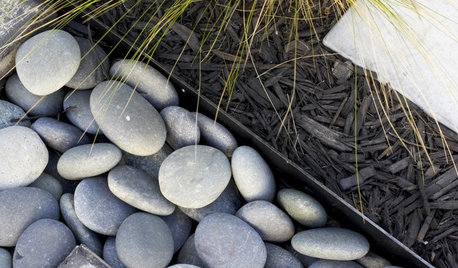
GARDENING AND LANDSCAPINGGarden Design Essentials: Texture
A delight to touch and see, landscapes with texture use dimension and definition to create pleasing design contrasts
Full Story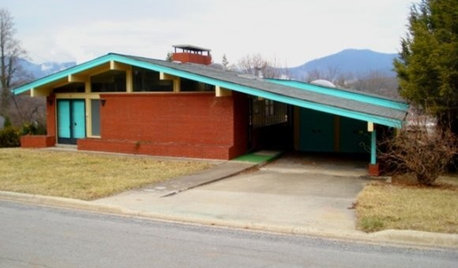
LIFEHouzz Call: Show Us the House You Grew Up In
Share a photo and story about your childhood home. Does it influence your design tastes today?
Full Story






nandina
meplantOriginal Author
Related Professionals
Lake Oswego Landscape Architects & Landscape Designers · Summit Landscape Architects & Landscape Designers · Vernon Hills Landscape Architects & Landscape Designers · Surprise Landscape Contractors · Addison Landscape Contractors · Bedford Landscape Contractors · Dinuba Landscape Contractors · Fort Payne Landscape Contractors · Louisville Landscape Contractors · Mahwah Landscape Contractors · Middleton Landscape Contractors · North Chicago Landscape Contractors · Oviedo Landscape Contractors · San Bruno Landscape Contractors · Waltham Landscape Contractorslindasewandsew
meplantOriginal Author
mlevie
meplantOriginal Author
lindasewandsew
meplantOriginal Author
lindasewandsew
mlevie
lindasewandsew